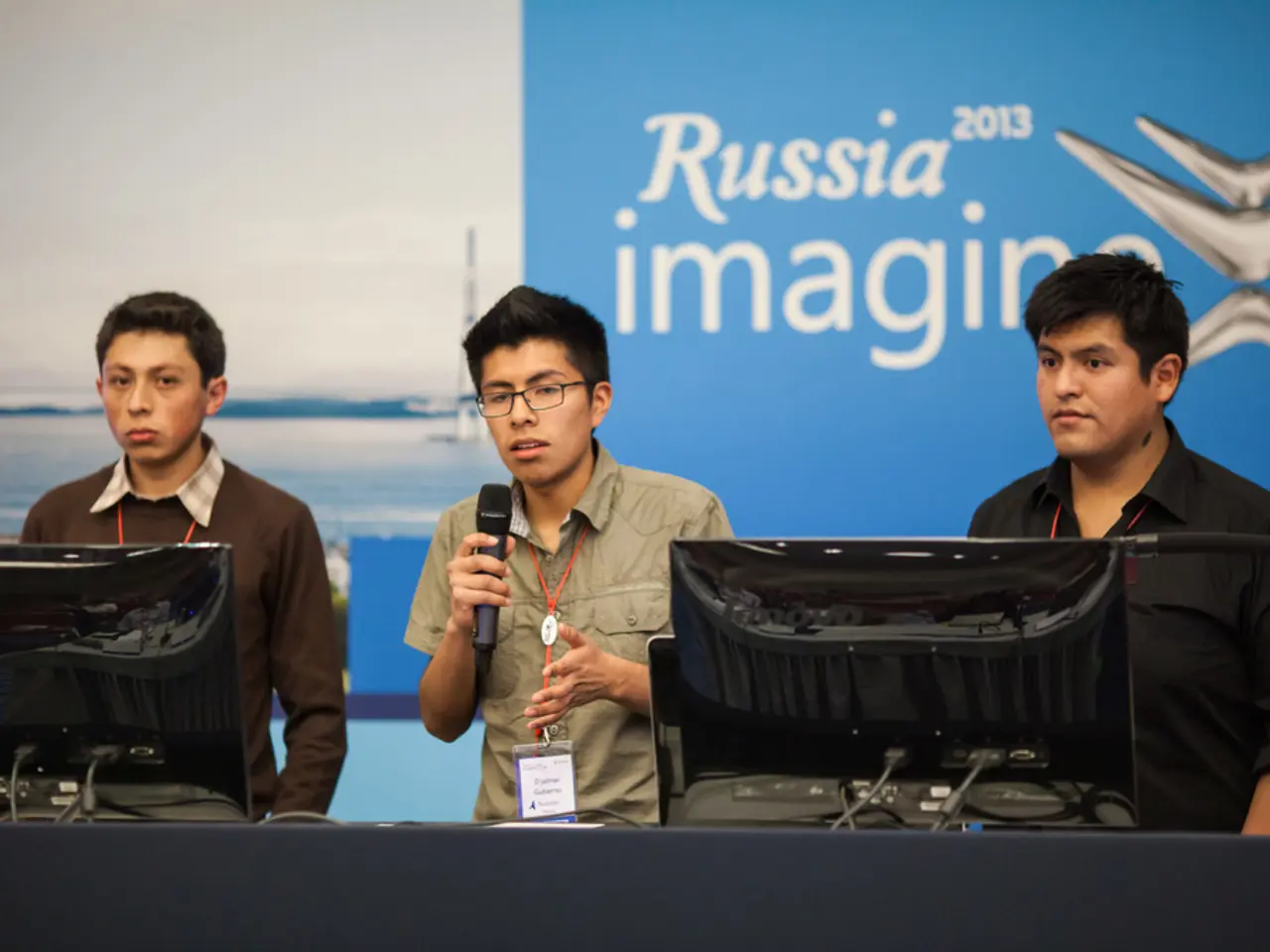Nvidia's desktop PC chip release apparently linked to Windows delays - ongoing revisions and decreasing demand also implicated
The tech industry is abuzz with news about the delay in the launch of the highly anticipated N1X AI PC platform, a joint venture between Nvidia and MediaTek. Originally scheduled for a third-quarter 2025 release, the platform is now expected to hit the market in the first quarter of 2026.
The delay is a combined result of several factors. One of the primary reasons is the delay in Microsoft's operating system roadmap, specifically the next-generation Windows OS optimised for Arm and AI workloads. This software bottleneck has created a significant hurdle in the development process.
Additionally, Nvidia has had to undertake critical chip revisions and redesigns following the discovery of issues in the initial silicon. These modifications have required substantial time and resources.
Furthermore, the weakening demand in the global notebook market, including slower-than-expected sales and cautious enterprise spending, has led to a re-evaluation of the timing and market strategy by Nvidia and MediaTek.
Due to these factors, the launch focus has shifted towards the commercial and enterprise sectors initially. Major OEMs like Dell, HP, and Lenovo are expected to lead the rollout in early 2026, rather than targeting the volatile consumer market immediately.
Meanwhile, MediaTek is also involved in Google's v7e AI project, which has been delayed to mass production in October 2026. The partnership between MediaTek and Google could bring significant revenue, estimated at $4 billion, and signals a stronger presence in the AI silicon market for MediaTek.
In a related development, Nvidia's GB10-based AI workstations are still on track for release. These workstations may serve as the company's first real-world testbed for consumer-facing AI PC hardware before the N1X arrives.
The N1X platform marks MediaTek's most ambitious entry into the PC space, backed by Nvidia's AI expertise. With a projected AI compute performance of 180-200 TOPS, the N1X is set to challenge rivals not only in Intel and AMD but also Qualcomm in the PC market.
Major OEMs and ODMs, including Dell, HP, Lenovo, Asus, MSI, and Compal, are preparing notebook and desktop designs for the N1X platform. The delayed launch, however, may give these companies more time to refine both their hardware and strategies, ensuring a smoother rollout in the first quarter of 2026.
[1] DigiTimes. (2023). Delay in N1X AI PC platform launch due to software, hardware, and economic challenges. [online] Available at: https://www.digitimes.com/news/a20230623PD240.html
[2] SemiAccurate. (2023). N1X AI PC platform delayed: Hardware defects or calculated strategy? [online] Available at: https://www.semiaccurate.net/2023/06/23/n1x-ai-pc-platform-delayed-hardware-defects-or-calculated-strategy/
[3] Tom's Hardware. (2023). No mention of N1X AI PC platform delay in latest news article. [online] Available at: https://www.tomshardware.com/news/n1x-ai-pc-platform-delay-not-mentioned-in-tomshardware-news-article
[4] MediaTek. (2023). MediaTek and Google partner for v7e AI project. [online] Available at: https://www.mediatek.com/press/press-releases/mediatek-and-google-partner-for-v7e-ai-project
[5] Nvidia. (2023). N1X AI PC platform: A game-changer in the AI silicon market. [online] Available at: https://www.nvidia.com/blog/n1x-ai-pc-platform-game-changer-in-the-ai-silicon-market/
- The delay in the launch of the N1X AI PC platform, a collaboration between Nvidia and MediaTek, is a result of challenges in software, hardware, and economic sectors, including the delay in Microsoft's next-generation Windows OS optimized for Arm and AI workloads and critical chip revisions by Nvidia.
- MediaTek's partnership with Google for the v7e AI project, with a planned mass production in October 2026, could bring significant revenue and signal a stronger presence in the AI silicon market for MediaTek, as they aim to challenge competitors not just in Intel and AMD but also in Qualcomm for PC market dominance.




